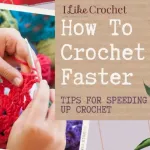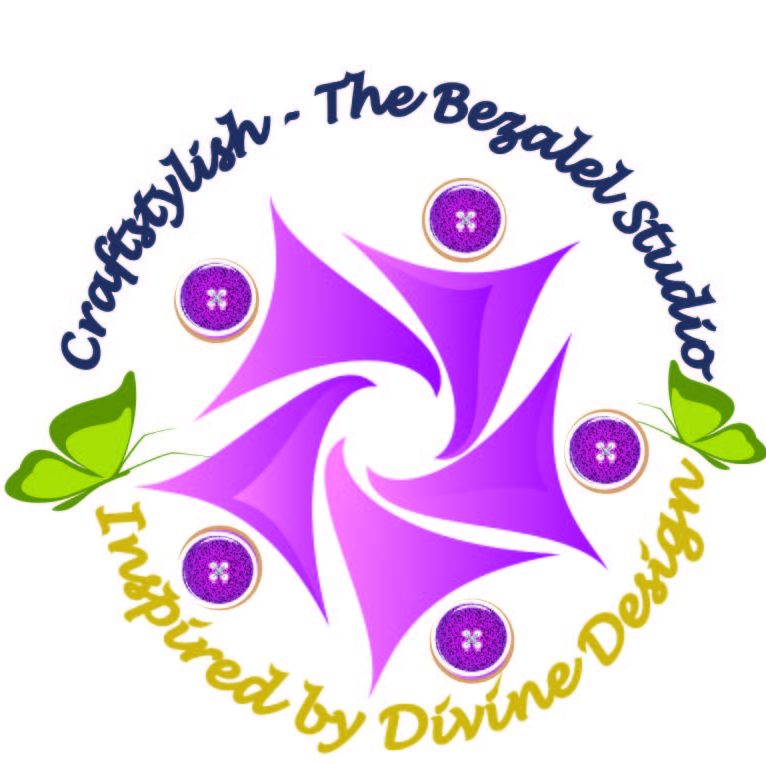Your cart is currently empty!

How to crochet fast

Practice
First, PRACTICE, PRACTICE, PRACTICE! I know that’s really a clichéd response, but it really is the truth. If I am about to start a project with a new stitch or technique I will work a small swatch. Admittedly, we are all supposed to swatch first to measure gauge, right? RIGHT! Use that opportunity to practice a new or less than familiar stitch. I will swatch until that stitch or pattern repeat gets committed to muscle memory. I find that having to continually stop to read the instructions for something that repeats annoys me, so it’s handy to have a repeat memorized before starting the big project.
Music
Second, try crocheting to music. Much like runners love to run with songs that have a beats per minute (BPM) that matches their stride, I find that music with a steady rhythm keeps me plugging right along to that beat. With some experimentation, I’ve found my “sweet spot” when it comes to my crochet BPM and I’ve made a set of playlists that I rely on. It’s a savior when I need that fast “The Deadline Looms” speed. Bonus: with headphones in, I can’t hear the kids trying to kill each other and might get a full half-hour of work in!
Environment
Next, set up your environment and work process. Make sure your pattern is ready and set up so you can see it without having to put your work down repeatedly. I use a clipboard for paper patterns and sticky notes to mark sections. Many patterns are now digital, so I’ll prop my iPad nearby and set the screen to stay on for a longer period of time. Using digital patterns initially frustrated me because I always had to stop crocheting so I could turn my screen back on, but once I discovered I could adjust the auto screen save, I started to really enjoy them. There are even great apps out there that will allow you to mark up your digital pattern so you can make note of where you left off or any changes you made.
Stitch Markers
Also, it can be very useful to use stitch markers even when the pattern doesn’t specifically call for them. Big projects waste tons of time if you’re always stopping to count stitches, so I like to mark every 10-20 stitches when working with a large item. Row counters are invaluable here. There are some really great free apps out, like Knit Counter Lite, that are made for counting rows and work with a simple tap of the screen.
Technique
Let’s now look at how we are holding things. My students prefer to hold the hook in pencil fashion for lighter weight yarns and more like a hammer if the yarn is very bulky. When setting up to work, pull out enough yarn to get a full repeat done if you can. Knowing how much will come with practice and from working a few repeats. You’ll spend less time stopping and tugging the yarn from the ball. You may also find yourself working faster if you are not holding the whole weight of the project by your wrist. Use something to prop it up: a pillow in your lap or up on a table. Lastly, to get my hook through the next stitch quickly and with ease, I will use the thumb and ring finger of my non-hooking hand to gently tug my work away and down from the hook. Not far, but just enough to open up that next stitch and allow my hook and yarn to slide right in.
Materials
Finally, some yarns and hooks are just not friends to speed! For instance, alpaca and wooden hooks can really slow you down – their rough texture feels sticky. To help these non-friendly workmates get along, deploy my secret weapon: wax paper. Give your hook or knitting needles a gentle rub down before you start and any time you notice them grabbing the material. This will leave just enough wax on your instrument to smooth things over get your project moving again!
I hope these simple but effective tips will help your projects move along a little quicker. Do you have any tips to add?
by Nicola Prybell – Editor, I Like Crochet • February 4, 2022

Leave a Reply